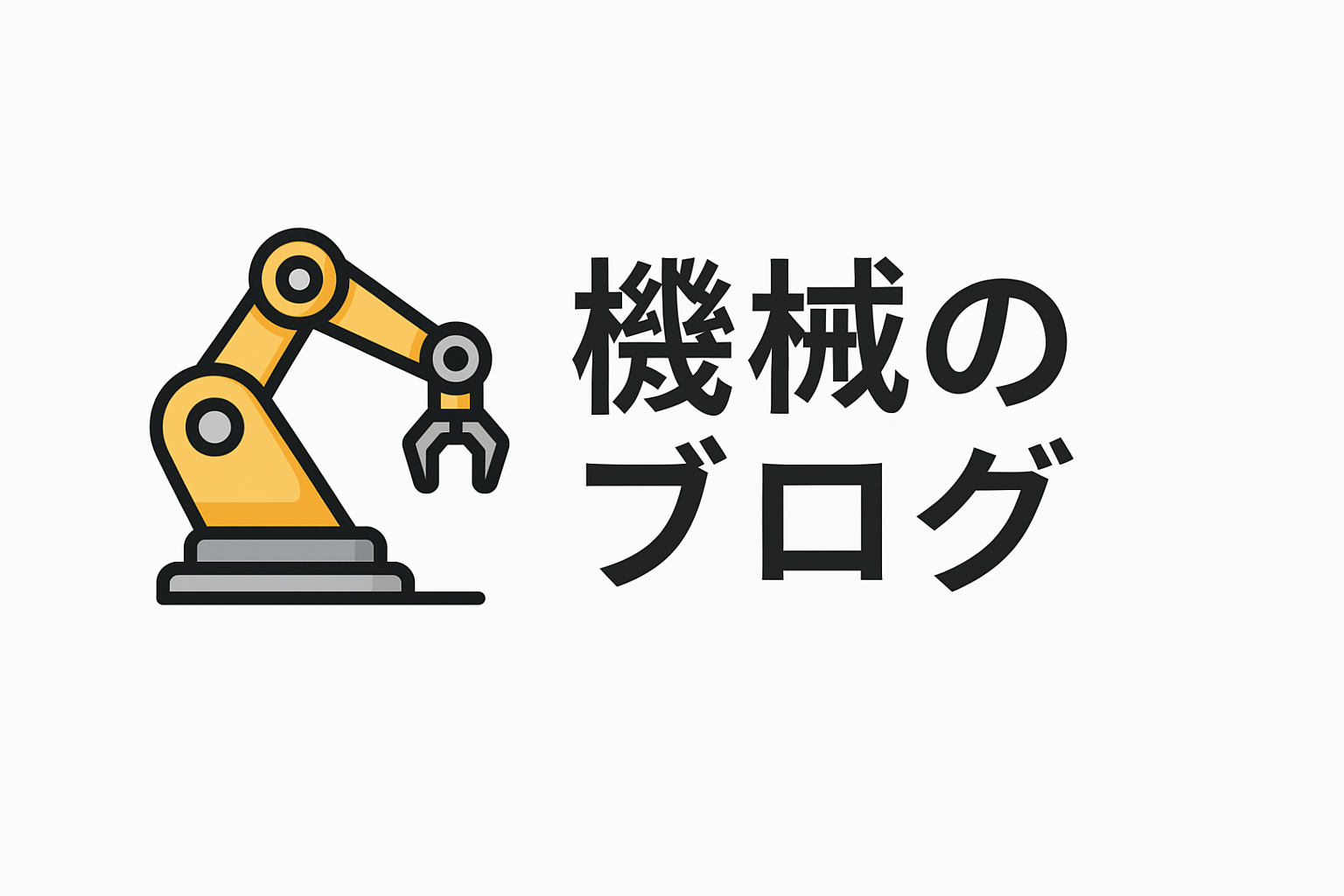Data Innovation: Next-Gen Business Strategy Conference
The rapid evolution of data-driven technologies is reshaping the landscape of manufacturing. Businesses are increasingly leveraging data to enhance operational efficiency, drive innovation, and develop forward-thinking strategies. The “Data Innovation: Next-Gen Business Strategy Conference” has emerged as a pivotal event for industry professionals eager to harness the power of data. This article delves into the highlights of the conference and its implications for the manufacturing sector.
Section 1: Understanding Data Innovation in Manufacturing
Data innovation in manufacturing involves the utilization of data analytics, machine learning, and AI to optimize production processes, reduce waste, and improve product quality. As manufacturers face heightened competition and demand for customization, the ability to efficiently process and interpret data has become crucial.
Manufacturers are now challenged to integrate data-driven strategies into their operations. By doing so, they can predict maintenance needs, streamline supply chains, and personalize customer experiences. The conference emphasized the necessity of a robust data infrastructure to support these innovations, highlighting case studies where companies successfully implemented data solutions to achieve significant gains.
Section 2: Keynote Speakers and Their Insights
One of the most anticipated aspects of the conference was the lineup of keynote speakers, each a leader in the field of data innovation. Among them was Dr. Emily Chen, a renowned data scientist, who discussed the transformative power of AI in real-time data analysis. Her presentation underscored the importance of leveraging AI to not only analyze vast datasets but also to make predictive adjustments to manufacturing processes.
Another notable speaker, John Rivera, CEO of a leading manufacturing firm, shared his company’s journey from conventional manufacturing to a data-centric enterprise. His insights into overcoming cultural and technical barriers to data integration provided valuable lessons for attendees looking to embark on similar transformations.
Section 3: Breakout Sessions on Data-Driven Strategies
The conference featured several breakout sessions that offered in-depth discussions on specific data-driven strategies. These sessions were designed to provide actionable insights and foster collaborative learning among participants.
One session focused on the use of predictive analytics for supply chain management. Experts demonstrated how data analytics can forecast demand, manage inventory, and reduce logistics costs. Attendees learned about the latest tools and techniques for implementing predictive models, gaining a competitive edge in the market.
Another session explored the integration of Internet of Things (IoT) devices in manufacturing. Speakers highlighted how IoT sensors collect real-time data from machinery, enabling predictive maintenance and minimizing downtime. The discussion also touched on cybersecurity measures necessary to protect sensitive data collected through IoT devices.
Section 4: Panel Discussions on Overcoming Challenges
Panel discussions provided a platform for industry leaders to address the challenges associated with data innovation. Topics included data privacy, the skills gap in data analytics, and the integration of legacy systems with new technologies.
Panelists emphasized the importance of data governance frameworks to ensure data quality and compliance with regulations. They discussed the role of training programs in bridging the skills gap, advocating for educational initiatives that equip the workforce with necessary data analytics skills.
The discussions also highlighted the complexity of integrating new data solutions with existing infrastructure. Panelists suggested adopting a phased approach to integration and collaborating with technology partners to facilitate a smooth transition.
Section 5: Networking Opportunities and Collaborative Projects
Beyond sessions and discussions, the conference provided ample networking opportunities for professionals to connect and collaborate. These interactions are crucial for fostering partnerships and sharing best practices across the industry.
Attendees engaged in collaborative projects that aimed to tackle real-world manufacturing challenges through data-driven solutions. By working together, they developed innovative strategies that could be implemented within their respective organizations. These projects not only showcased the potential of data innovation but also highlighted the value of cross-industry collaboration.
Conclusion: The Future of Data Innovation in Manufacturing
The “Data Innovation: Next-Gen Business Strategy Conference” underscored the transformative impact of data on the manufacturing sector. As companies continue to navigate the complexities of data integration, events like this provide invaluable insights and resources.
The future of manufacturing lies in the ability to harness data effectively. By embracing data-driven strategies, manufacturers can unlock new levels of efficiency, innovation, and competitiveness. As the industry evolves, continuous learning and collaboration will be key to staying at the forefront of data innovation.
The conference reaffirmed the commitment of manufacturing professionals to advance their data capabilities and adapt to the ever-changing technological landscape. As we move forward, the lessons learned and connections made at this event will undoubtedly play a pivotal role in shaping the future of the industry.

